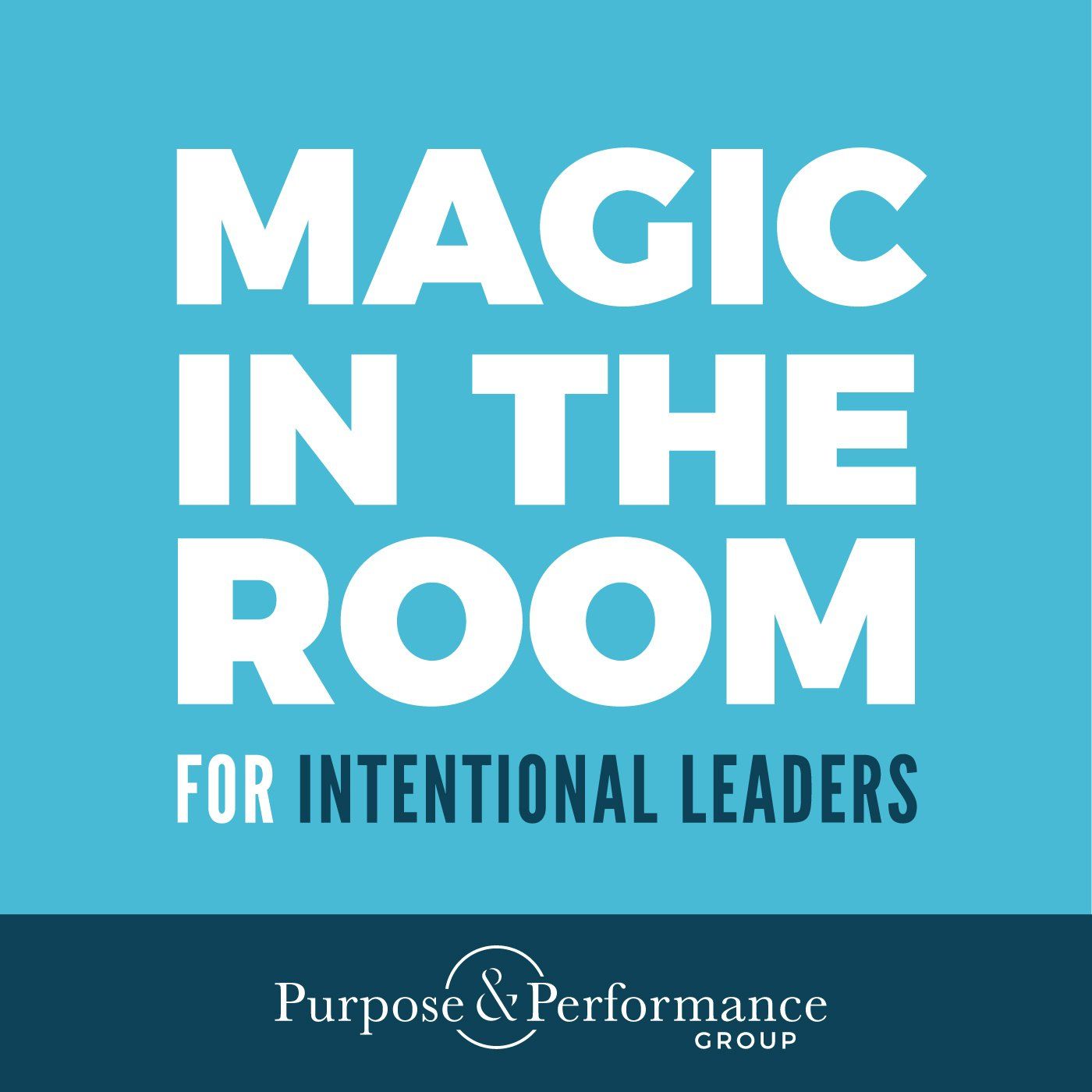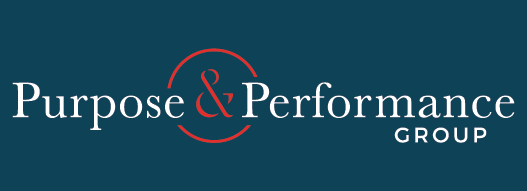Blog Layout
Magic in the Room #61: Strategic Frameworks - Purpose and Commitments
June 23, 2021
A strategic framework is a model that defines why we exist, what's unique about us, what business we are in, and what we do every day. In this framework, everyone in the organization must commit to behaviors that operationalize the purpose. A classic example is Mission, Vision, Values, and Strategy. In this episode of Magic in the Room, Chris, Hannah, and Luke discuss Purpose and Commitments as an alternative framework.
Luke shares how he is currently reading Thinking, Fast and Slow by Daniel Kahneman, and how the author discusses how we often unwittingly bring bias to our thinking. Together the hosts define what a strategic framework means to them. For many, it's when organizations start talking about their mission, vision, values, and strategy. When all that's packaged together, we label it a strategic framework, advises Luke.
Luke also discusses how awareness is key to behavior change. If we don't make people aware of how we behave and what we believe in, others won't choose if they're in or out. Organizational leaders have a responsibility to make it clear and help everyone know what they stand for and why they are here. Hannah expands on this by discussing how commitments are how we operationalize purpose, and how our commitments are our values in action.
Chris shares his clear boundaries. He values accountability, kindness, and generosity. He also values showing love having difficult conversations, exploration, and learning. Those are the things he values, and they help him connect with courageous leaders in a meaningful way. Only then can he help them advance their purpose, intention, and gratitude. Following these values also enables Chris to identify opportunities that might be uncomfortable or allow him to exhibit courage as a leader.
Ultimately, these clear priorities represent his framework. By contrast, a failure to align your behaviors will result in behaving in unintentional ways. Purpose and performance is simply the idea that once you're explicit about knowing where you're going and what you value, you can then make that commitment to alignment. Chris refers to this as the exercise of identifying a purpose and having the courage to say; I'm going to be that 1% that intentionally aligns my behaviors to that.
For Hannah, this has been an ongoing and evolving process. She has digested information from coaches, mentors, books, and people she has met. By pulling things from many different places and internalizing them, Hannah can make it real by putting everything she has learned into a framework that works for her. This process enables Hannah to be intentional and living her purpose and values each day.
The hosts share their interpersonal approach with teams and organizations. But also highlight why it's so important to level set frameworks within organizations and for yourself. Chris, Hannah, and Luke invite you to share your insights about building a strategic framework by emailing them at info@purposeandperformancegroup.com.
Remember, you can get a free Magic in the Room hat by simply going to www.magicintheroom.com. Listeners are also invited to join the conversation on the LinkedIn and Facebook community pages, where the hosts regularly engage with their audience.

By Sarah Whitfield
•
December 16, 2024
In today’s episode of Magic in the Room, Chris and Luke sit down with Kelley Francen and April Carter to discuss leadership development at the Citizen Potawatomi Nation. Kelley and April developed a unique program that integrates the traditional cultural teachings of the Citizen Potawatomi Nation into leadership development. The goal of this program was to make sure that the values of the community are activated by the leaders. Even if you do not work in a Tribal setting, there are valuable lessons in this episode about you can develop leaders who live the organizations values.

November 7, 2024
Today we wrap up season five of Magic in the Room! This season has focused on the skills that people need when leading a team. The good news is that these skills can be learned, if we are intentional. In this episode, Hannah, Chris, and Luke share their biggest takeaway from the season, and share some advice for every leader.
Connect With Us
Locations:
Oklahoma
114 E Breckenridge Ave
Suite 201
Bixby, OK 74008
Montana
PO Box 160233
Big Sky, MT 59716
© 2025
All Rights Reserved | Purpose & Performance Group | Privacy Policy
